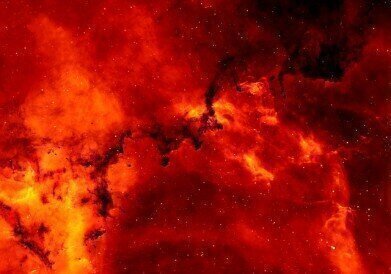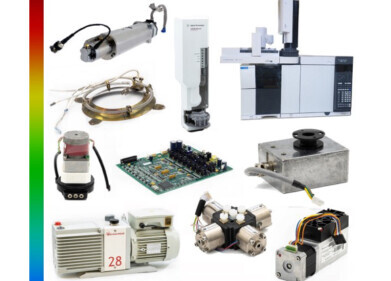Chromatography
What is an 'FRB'?
Jan 07 2017
The night sky is endlessly fascinating, but billions of twinkling stars aren’t the only sight captivating astronomers. Using the ultra-advanced Arecibo Telescope, radio astronomers have observed a flurry of mysterious transient radio pulses in the constellation of Auriga.
These high-energy astrophysical flashes are known as fast radio bursts (FRBs) and last for just a few milliseconds at a time. They’re blazingly bright, unresolved, and take place in parts of the sky that exist far beyond the Milky Way. Armed with Puerto Rico’s Arecibo Telescope, the scientists detected a total of 17 FRBs emitted by the constellation of Auriga. All 17 originated from the same source, which is a milestone discovery given that it’s the first time a repeating FRB has been observed.
Repetitive pattern marks FRB milestone
The unique find has been named FRB 121102, and complexifies the already mysterious nature of the fast radio bursts that occur throughout the solar system.
For the radio astronomy community, the discovery of repeat FRBs is incredibly exciting. The high-energy phenomenon was first discovered in 2011, with astronomers confirming that given the intensity of the signal, they almost certainly have an extragalactic origin. While some believers are adamant that FRBs are triggered by alien communication systems, the most common interpretation is that they’re the after effect of stellar collisions.
Collisions, aliens and star nurseries - pinpointing the cause of FRBs
However, the repetitive nature of FRB 121102 has shaken up the star collision theory, with researchers now musing that they could be caused by another, more mysterious source. Possibly a young neutron star embedded in a supernova remnant, or a molecular ‘stellar nursery’ in outer space.
“Our discovery of repeating bursts from FRB 121102 shows that for at least one source, the origin of the bursts cannot be cataclysmic, and further, must be able to repeat on short [less than 1 minute] timescales,” commented the authors of a recent paper published in the Astrophysical Journal. “Whether FRB 121102 is a unique object in the currently known sample of FRBs, or all FRBs are capable of repeating, its characterization is extremely important to understanding fast extragalactic radio transients.”
While theories are being thrown around, the team admits that nothing is certain. Every day, around 10,000 FRBs are emitted from the sky, and create a complex cosmic puzzle that continues to fascinate astronomers.
As radio astronomers trawl the sky for answers, there are also exciting developments taking place here on Earth. ‘Sun, Safety, Spectroscopy - The Science of UV Measurement and Assessing Sun Protection’ spotlights the latest technologies being used to assess the performance of protective agents, and help prevent damage from harmful UV rays.
Digital Edition
Lab Asia 31.2 April 2024
April 2024
In This Edition Chromatography Articles - Approaches to troubleshooting an SPE method for the analysis of oligonucleotides (pt i) - High-precision liquid flow processes demand full fluidic c...
View all digital editions
Events
Apr 25 2024 Istanbul, Turkey
Apr 28 2024 Montreal, Quebec, Canada
May 05 2024 Seville, Spain
InformEx Zone at CPhl North America
May 07 2024 Pennsylvania, PA, USA
May 14 2024 Oklahoma City, OK, USA


















